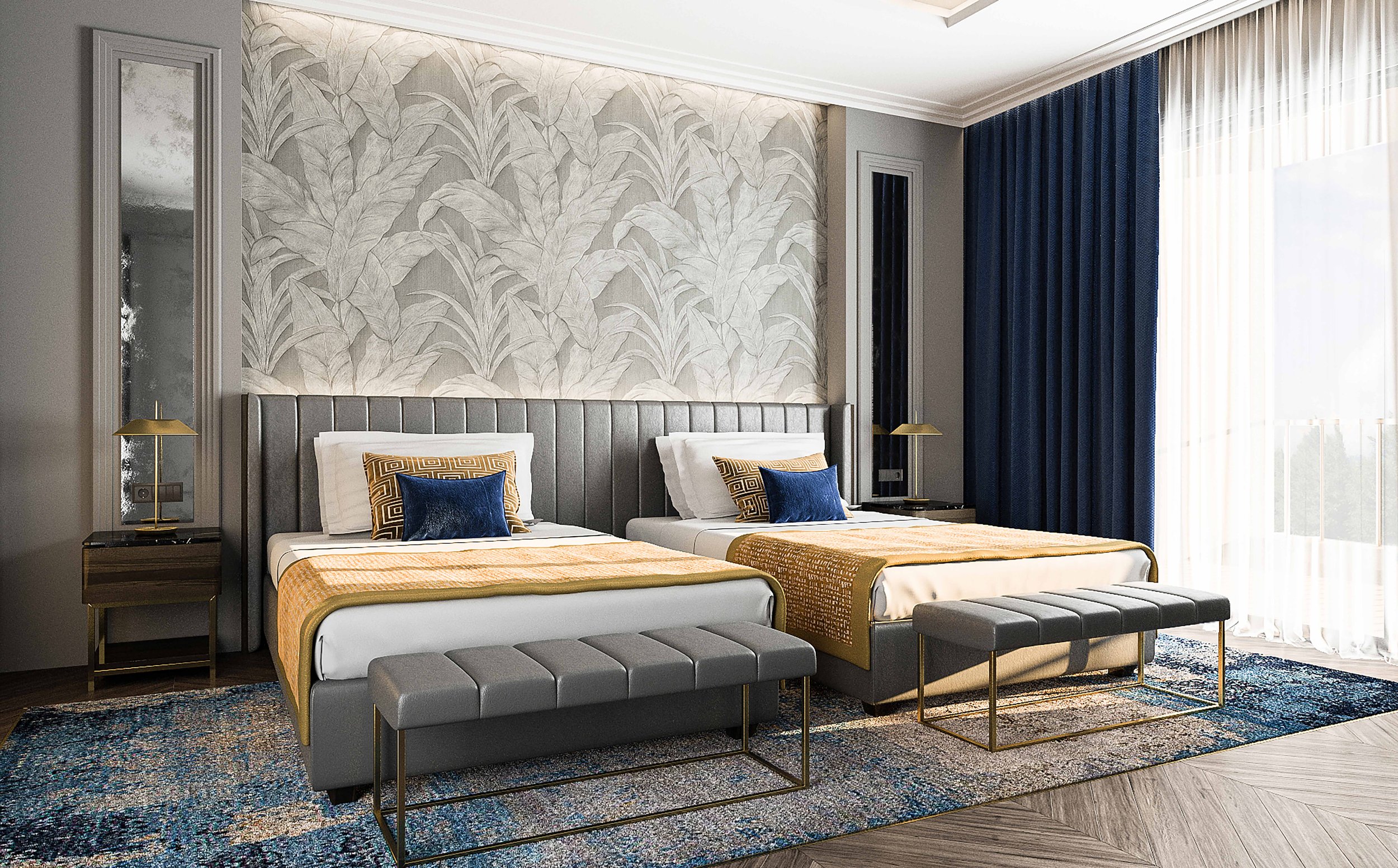A beautiful bespoke rug- where to put it?
To begin with: Rugs are versatile decor pieces that can enhance the aesthetic appeal of any room. They come in various sizes, shapes, colours, and patterns, making them suitable for placement in different areas of a living or working space, private or public. From the living room to the bedroom, from the office reception to the boardroom, rugs can add style, sophistication, ambience, warmth, texture, and make a statement within that space. Let’s look first at in the home:
Living Room:
The living room is a common area where rugs are often placed. A rug can define a seating area within a larger space, adding the feeling of coziness and creating a centrepiece of visual interest. Placing a rug under a coffee table or in front of a sofa can anchor the furniture pieces and tie the room together. A rug with a bold pattern or colour can serve as a focal point in the living room, adding personality and style to the space.
Bedroom:
In the bedroom, a rug can add warmth and comfort to the room. Placing a soft, plush rug next to the bed can provide a cozy surface for your feet to land on in the morning. A rug can also help to visually separate the sleeping area from the rest of the room, creating a sense of intimacy and calm. Additionally, a rug with a soothing colour palette, such as pastel shades, can contribute to a peaceful atmosphere in the bedroom.
Dining Room:
Here a rug can serve both a practical and decorative purpose. Placing a rug under the dining table can define the eating area and have a practical use by protecting the flooring from scratches. A rug with a pattern that complements the dining room decor can add visual interest and tie the room together. Additionally, a rug can help to absorb sound in a dining room, creating a more pleasant dining experience.
Moving outside of the home into working environments and public spaces, rugs can also serve practical purposes in commercial and communal areas:
One:
Statement: With the floor being one of the first elements that is seen upon entering a space, it’s important to make a great first impression. A large, bright, colourful rug could create a feeling of grandeur, of luxuriance and allude to opulence or a more subtle, pastel shaded set of rugs strategically placed around the room might evoke a feeling of serenity and dignity.
Two:
Noise Reduction: In a busy office or reception setting, the background noise can create a cacophony of sound that can be distracting and disruptive. By placing rugs strategically throughout the space, the sound-absorbing properties of the rugs can help dampen noise levels, creating a more peaceful and productive work environment. Studies prove that better acoustics give improved productivity.
Three:
Comfort: In public spaces such as waiting rooms or lobbies, rugs can add a touch of warmth and comfort to an otherwise sterile environment. A plush rug underfoot can make visitors feel more at ease and relaxed while they wait, creating a more welcoming atmosphere.
Four:
Wayfinding and Zoning: In large office buildings or public spaces with open floor plans, rugs can be used to delineate different areas and create visual cues for wayfinding. By using rugs of different colours, patterns, or textures, different zones can be defined within a space, helping visitors navigate the area more easily.
Rugs are versatile design elements that can be used effectively both in the home and in working environments and public spaces to improve functionality, aesthetics, well-being and overall experience.
Whether it is for aesthetics, practicality, comfort, noise reduction, wayfinding, or simply creating a more welcoming atmosphere, rugs have the ability to transform a space and make it more inviting, calming and functional for all.



